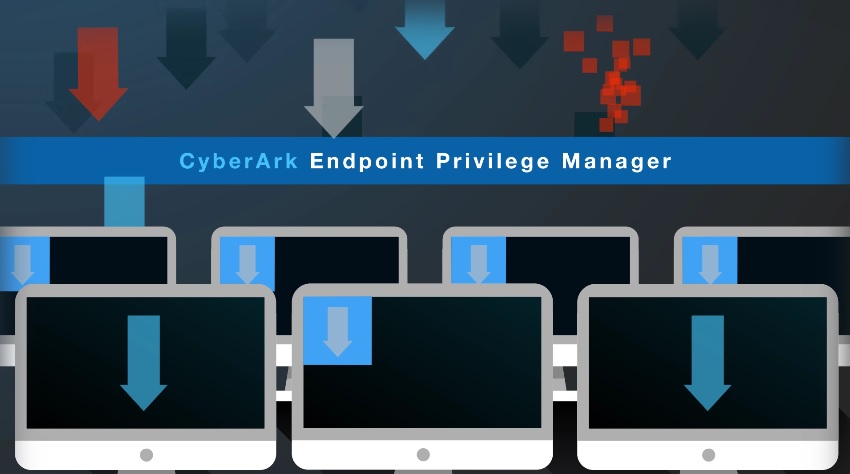Information security professionals recognize that cyber attackers will exploit endpoint vulnerabilities and then make a beeline for privileged credentials. As a result, organizations are evaluating how they can take steps to secure privilege on the endpoint as a fundamental part of their security program.
CyberArk Viewfinity has enabled organizations to reduce both the attack surface and the risk of information stolen or encrypted and held for ransom—all while achieving the right balance between productivity and security. To keep pace with the ever-evolving threat landscape, we unveiled new threat protection features this week: CyberArk Viewfinity is now available as CyberArk Endpoint Privilege Manager.
By interlocking three core capabilities: privilege management, application control and new credential theft detection and blocking, CyberArk Endpoint Privilege Manager represents a combination of powerful technology, deep research and best practices to stop attackers from advancing beyond the endpoint and doing damage.
Key enhancements include:
- The ability to detect and block credential theft attempts by malicious users and applications, including Windows credentials, remote access application credentials and those credentials stored by popular web browsers for use with, for example, corporate network and cloud applications.
- New behavioral analytics to block and contain advanced threats targeting credential theft at the endpoint.
- The ability to block hash harvesting at the endpoint to prevent Pass-the-Hash, an attack leveraging stolen credentials.
The introduction of CyberArk Endpoint Privilege Manager comes on the heels of an FBI flash alert that recommends prioritizing credential protection, including implementing least privilege and restricting local accounts, to limit a threat actor’s ability to gain highly privileged account access and move throughout a network.
CyberArk Endpoint Privilege Manager is available now. For additional resources on detecting and containing cyber attacks while effectively balancing security and productivity, visit this page.
You can read the original article, here.






